
Dear visitor,
This page is a report of the visits made on Conchylinet during year 2008. It has been performed thanks
to XiTi free audience measurement solution for personal websites.
It is split into 3 sections:
Section 1 is about visits analysis (evolution and sources),
Section 2 is about the geographical origins of visitors,
Section 3 is about the pages and sections that are loaded by visitors.
Over 2008 period, Conchylinet received 1241 visits. The number of visits increased 4 time between Beginning of 2008 and End of 2008.
Most of these new visits come from search engine results (731).
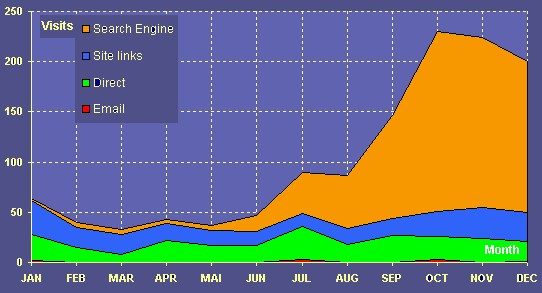
Figure 1: Evolution of sources of visits in 2008
Other visits came from external links (251), then they consist of direct access, bookmarks or address typing in the browser (250).
Very little visits come from links into emails (9 only).
However the part of entering visits dropped from 65% to 40%. This bad result is mainly due to the increase of visits from search engines.
When people do not find on Conchylinet what they are looking for at first sight, they just don’t visit further the site.
Now, let's have a look at what people coming to Conchylinet are looking for with search Engine. In 2008, half of the keywords typed were:
| search string | visits | search string | visits | |
| bivalve | 73 | classification of shell | 3 | |
| bivalves | 44 | seashell books | 3 | |
| shell structure | 42 | west african seashells | 3 | |
| bivalve shell | 18 | baltic sea world map | 3 | |
| gastropoda | 17 | shell | 3 | |
| polyplacophora | 16 | seashell identification | 3 | |
| monoplacophora | 15 | conchylinet | 3 | |
| seashells identification | 9 | collecting sea shells | 3 | |
| struktur shell | 9 | identification coquillages de collection | 2 | |
| bivalvia | 8 | "encyclopedia of marine gastropods" | 2 | |
| bivalve structure | 8 | encyclopedia of marine gastropods | 2 | |
| european seashells | 7 | objectives of sea shells | 2 | |
| classification of sea shells | 6 | structure of bivalves | 2 | |
| baltic sea on world map | 5 | world map of intertidal zone | 2 | |
| sea shells classification | 5 | molluscs ecology | 2 | |
| scaphopoda | 5 | seashells collecting | 2 | |
| seashells classification | 5 | online shell identification guide | 2 | |
| malacological provinces | 5 | pictures of conch seashells | 2 | |
| classification of seashells | 5 | prisogaster niger | 2 | |
| cephalopoda | 4 | coiled shell | 2 | |
| compendium of seashells | 4 | world map baltic sea | 2 | |
| bivalve shells | 3 | polynesian sea shells | 2 | |
| "west african seashells" | 3 | molluscos magallanicos | 2 | |
| intertidal zone world map | 3 | wwwsdz | 2 | |
| gliemeži | 3 | structure of a shell | 2 |
Some search string are off Conhylinet topics (polyplacophora, monoplacophora are not online yet, most of world map query are not relevant).
At least 250 visits are off topics, this explains part of non entering visitors number.
I hope that within next year, Conchylinet will have more visits coming from Specie name search such as Prisogaster niger (a south America turbinidae).
A good point is that the range of visitors is worldwide as illustrated on the map below.

Figure 2: World map of visitors
However, USA and France are the major visiting countries of Conchylinet. I bet most of United States hits come from search engines
and most of France hits come from external links on seashells website managed by French collectors (e.g. AFC and Seashell-collector,
visit them in the Reference/Seashells related sites section).
As a lot of visitors of come from USA or France (489 visits from them), the maps below illustrate the regions inside each of these countries
where visitors come from:
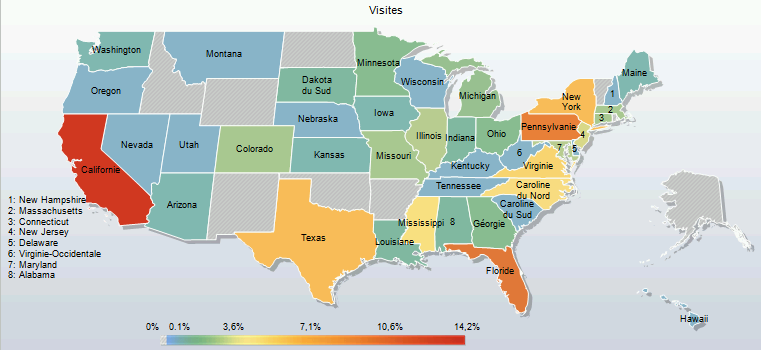
Figure 3: States map of USA visitors
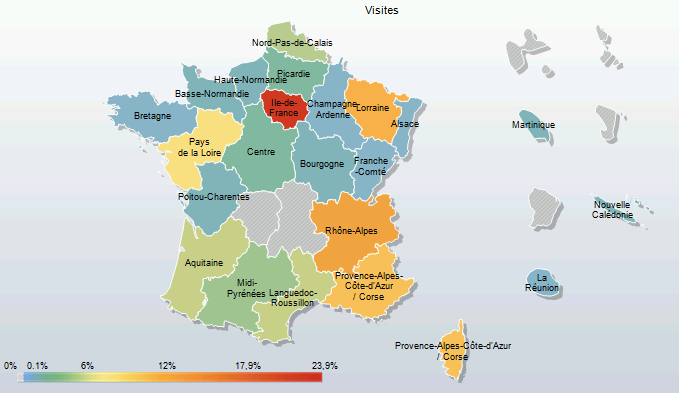
Figure 4: Regions map of France visitors
The other main visiting countries are:
| Country | Visits | Country | Visits | |
| United Kingdom | 84 | Belgium | 24 | |
| Brazil | 60 | Australia | 21 | |
| Mauritius | 59 | Philippines | 17 | |
| Spain | 45 | India | 15 | |
| Canada | 38 | Portugal | 14 | |
| Italy | 30 | Turkey | 13 | |
| Germany | 26 | Egypt | 10 | |
| Indonesia | 26 |
Now let’s have look at what people are browsing when on Conchylinet. The criteria to measure that is the loaded pages number (total page loaded is about 8000 in 2008). Lets start with the main sections:
| Section | Number of pages loaded |
| Homepage | 939 |
| News and Updates | 245 |
| Seashells generals | 1556 |
| Collecting | 464 |
| The Collection | 3881 |
| Collecting Sites | 432 |
| References | 457 |
As the seashells generals section is well visited, let’s have a look at the sub-sections that are read.
The evolution during 2008 is as follow:
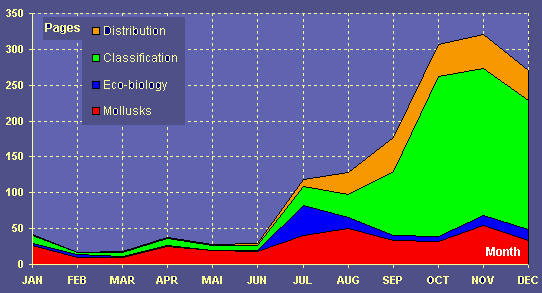
Figure 5: Seashells generals sub-section pages loaded
The graph evolution (a strong increase starting in July) is due to the major update of the Seashells section that have been performed
in July 2008 together with a better code visibility for search-engine index bots.
This is the most visited part of Conchylinet. The graph bellows illustrates the sub-section that are used.
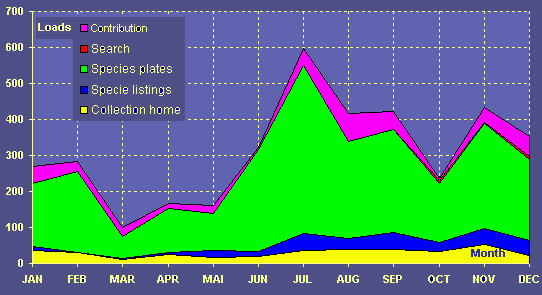
Figure 6: Collection sub-section pages loaded
The Collection section is dominated by the Interactive plates page loads, which is good as
this is the main and most interesting feature of Conchylinet. Today, if a visitor want to view the whole online collection
(with the default configuration), he will browse 39 different plates.
The Search collection sub-section is too new to be well represented. I hope visitor will find it useful and use it in 2009.
written on 2009-02-06